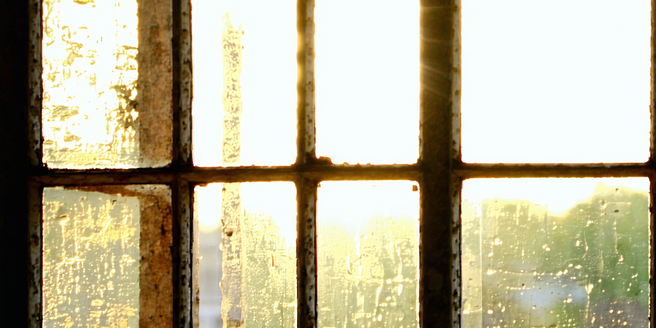Window Replacement Options

Assessing Your Current Windows
Before choosing new windows, it’s crucial to evaluate the condition of your existing ones. Look for signs of wear such as drafts, condensation, or visible damage like cracks and warping. Consider the age of your windows as well, since those older than 15-20 years might lack modern efficiency features. Energy-efficient windows can significantly reduce heating and cooling costs in your home. Inspect how well your windows open and close, which can impact ventilation and safety. Additionally, check for gaps in caulking or seals that could lead to energy loss. Understanding these factors will not only aid in determining the necessity for replacement but also in selecting the right type of windows to meet your specific needs and improve comfort and efficiency.
Understanding Frame Materials
Choosing the correct frame material is vital for aesthetics and performance. Wood frames offer a classic look and good insulation but require regular maintenance. Vinyl frames, on the other hand, are affordable, provide excellent insulation, and require minimal upkeep. Additionally, they come in a variety of colors and finishes to match any décor. Aluminum frames are durable and resistant to the elements, making them suitable for coastal areas, though they can conduct more heat and cold. Fiberglass frames combine strength and low maintenance with superior insulation properties, but often at a higher cost. Understanding the pros and cons of these materials will ensure you make an informed decision that balances style, efficiency, and long-term maintenance.
Comparing Glass Types
The glass in your windows has a significant impact on energy efficiency, noise reduction, and UV protection. Single-pane glass is the least efficient, providing minimal insulation. Double-pane glass, with inert gas fills like argon, offers much better insulation properties. Additionally, choosing the right glass can also enhance the aesthetic appeal of your home. Furthermore, investing in the right type of window glass can significantly lower your energy bills over time. Low-E coatings on glass help reflect heat and maintain comfortable indoor temperatures. Triple-pane glass provides superior insulation and soundproofing for those in extreme climates or busy urban areas. Understanding these options allows you to select the best glass type to maximize energy savings and comfort while controlling outside noise.
Exploring Energy Efficiency Features
Energy-efficient windows not only lower utility bills but also improve comfort. Look for the ENERGY STAR label, indicating the window meets or exceeds energy-saving criteria. Consider the U-factor and Solar Heat Gain Coefficient (SHGC) ratings which measure insulation and heat entry prevention respectively. It’s important to do thorough research to find the best windows for your specific needs. Windows with low U-factor values resist heat flow, enhancing energy efficiency. This is particularly beneficial in climates with extreme temperatures. Taking advantage of available rebates and incentives can also make upgrading your windows more affordable. Additionally, features like multiple panes, gas fills, and Low-E coatings can greatly improve performance. Investing in these options ensures your home is energy-efficient, reducing your carbon footprint and costs over time.
Choosing the Right Installation Method
Choosing the right installation method for new windows is crucial for performance and longevity. Full-frame installation involves removing the entire existing window and is best for significant damage or when changing window styles. Insert or pocket installation inserts a new window into the existing frame, saving on installation time and cost, but is only suitable if frames are in good condition. It is vital to assess the condition of the current window frames before deciding on the installation method. Proper installation can improve insulation, prevent drafts, and ensure smooth operation. Working with a skilled installer will ensure the chosen method meets your home’s specific requirements for optimal fit and efficiency while prolonging the window lifespan.